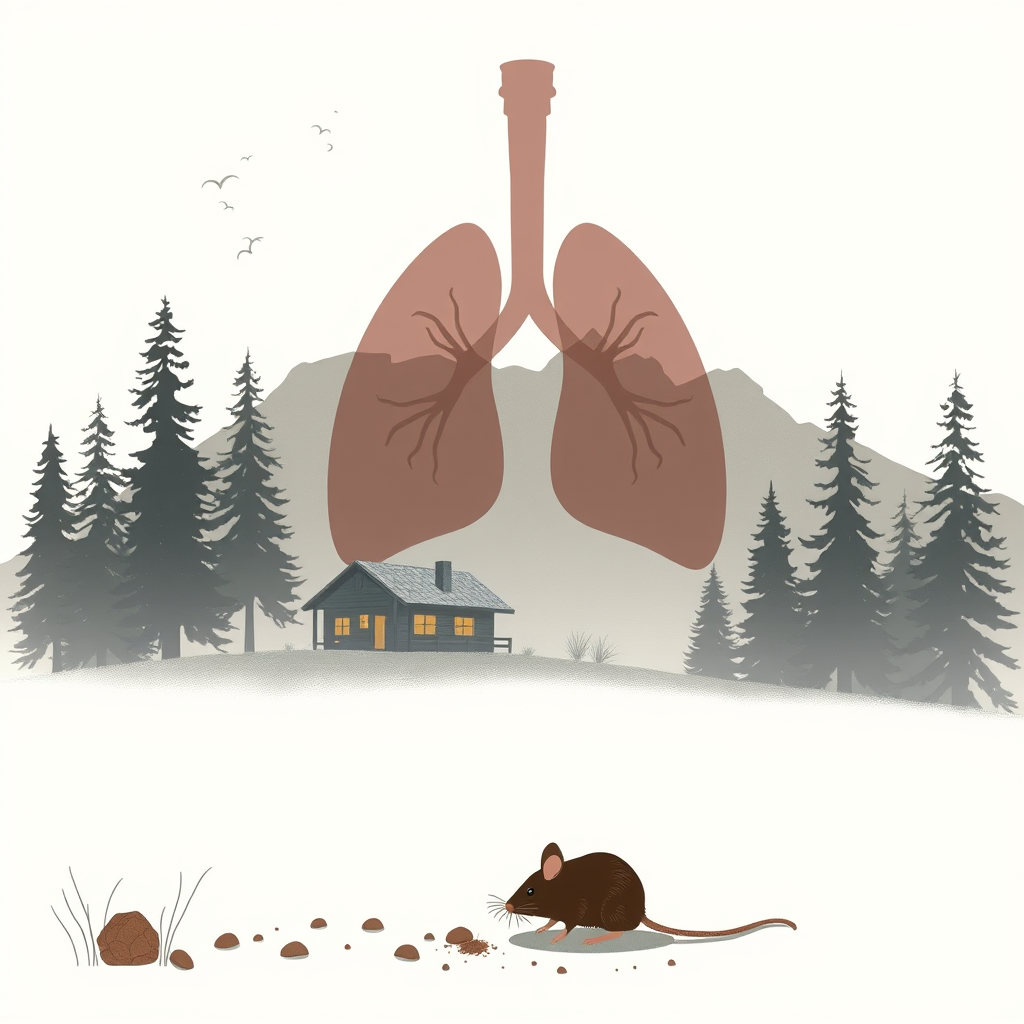Deadly Virus Linked to Gene Hackman's Wife Spreads

A rare and potentially fatal virus has claimed the lives of at least four people in recent months, including the wife of actor Gene Hackman. Health officials in Mono County, California, are expressing growing concern following the confirmation of three additional deaths linked to hantavirus pulmonary syndrome (HPS) this week.
Betsy Arakawa, Mr. Hackman’s wife, died in February at their New Mexico home after contracting the virus. It took investigators two weeks to determine the cause of death. The recent cluster of cases in Mammoth Lakes has heightened anxieties, prompting a public health response.
“The occurrence of three cases in a short period has me worried,” stated Tom Boo, Mono County Public Health Officer, to The New York Post. He described the situation as both “tragic” and “alarming.”
Hantavirus is a group of viruses transmitted to humans through contact with infected rodents. The Centers for Disease Control and Prevention (CDC) reports that infection typically occurs when individuals breathe in particles of rodent urine, droppings, or saliva contaminated dust. While person-to-person transmission is rare, bites or scratches from infected rodents can also spread the virus.
One confirmed case involved a victim believed to have been exposed while cleaning rodent waste in an infested home. Another likely contracted the virus within their residence. The source of infection for the third victim remains under investigation.
HPS initially presents with flu-like symptoms – fever, headache, chills, muscle aches, nausea, vomiting, stomach pain, and a dry cough. However, the condition rapidly progresses, leading to severe respiratory distress. The CDC warns that HPS carries a high mortality rate, with nearly 40% of infected individuals succumbing to the illness. Early diagnosis and treatment are therefore crucial.
This recent outbreak underscores the importance of rodent control and preventative measures, particularly in rural areas. While rare, hantavirus is a serious public health threat that demands vigilance and swift action. The clustering of cases suggests a potential environmental factor or increased exposure risk in the Mammoth Lakes region, warranting further investigation by public health authorities.